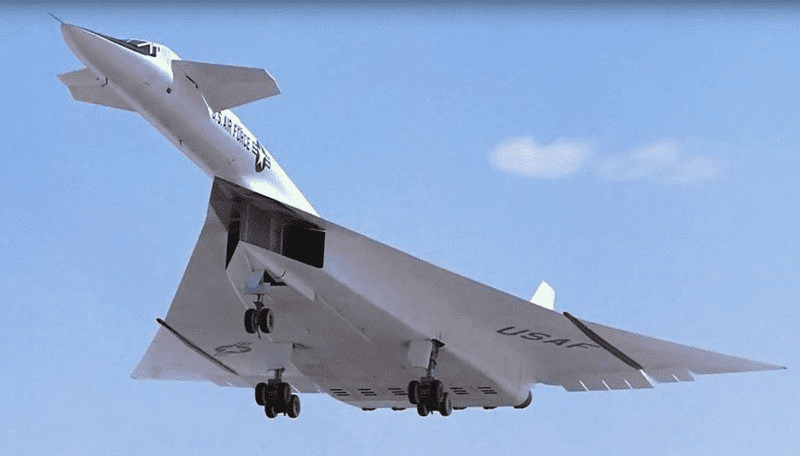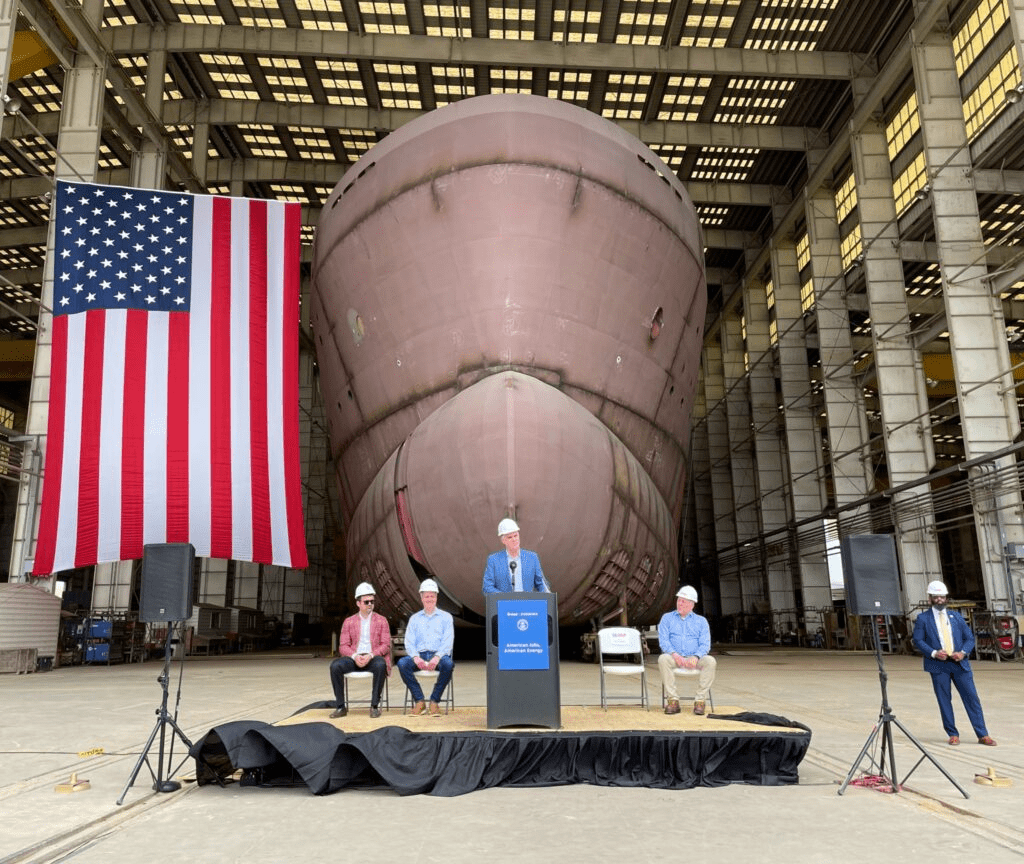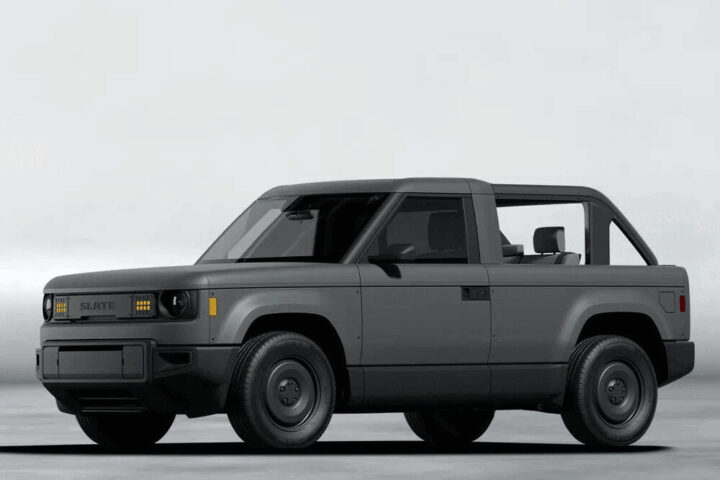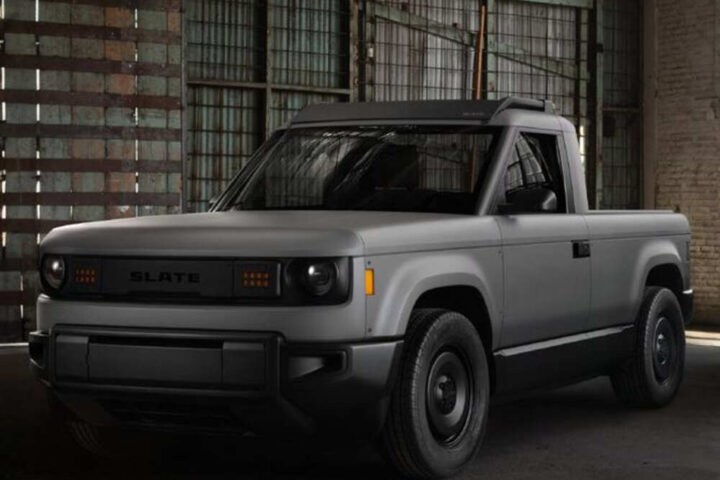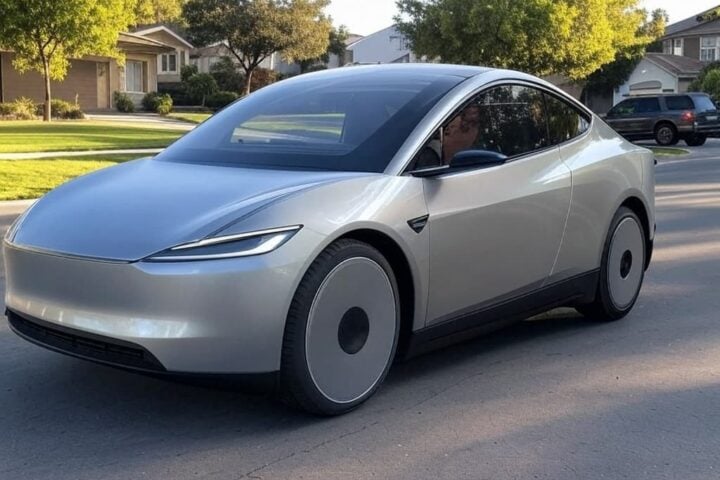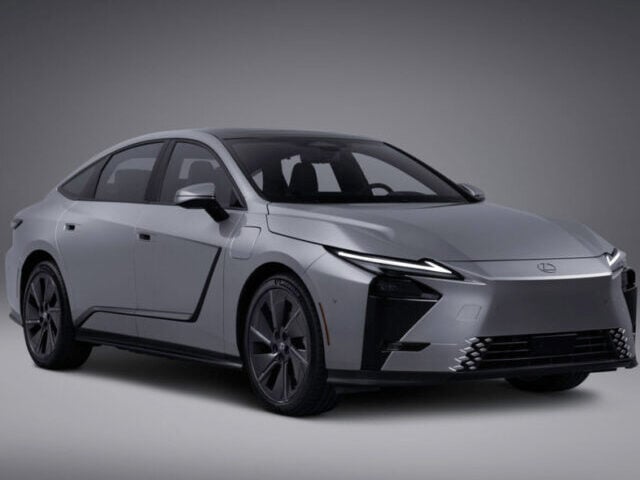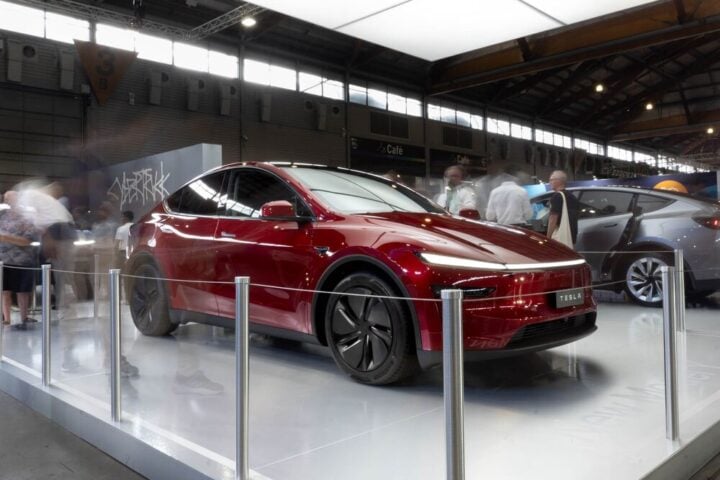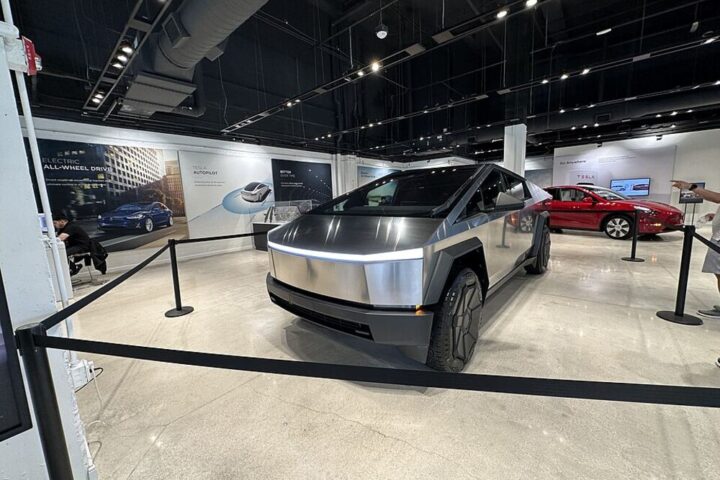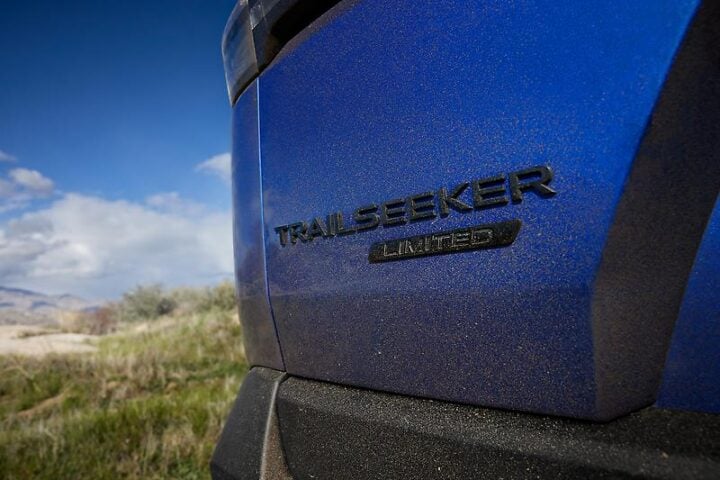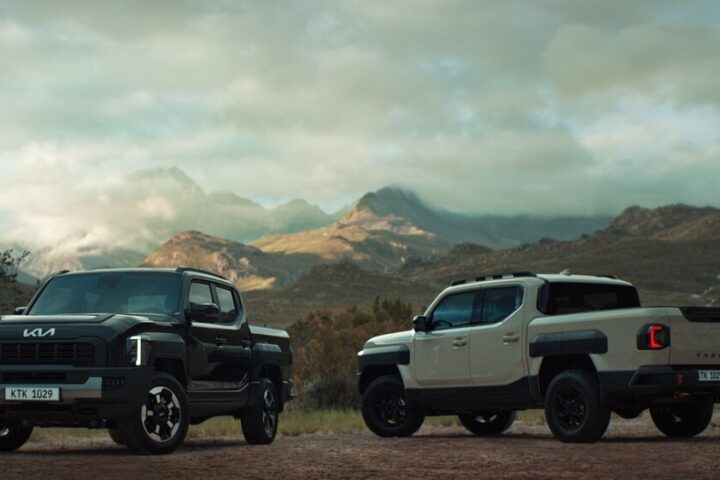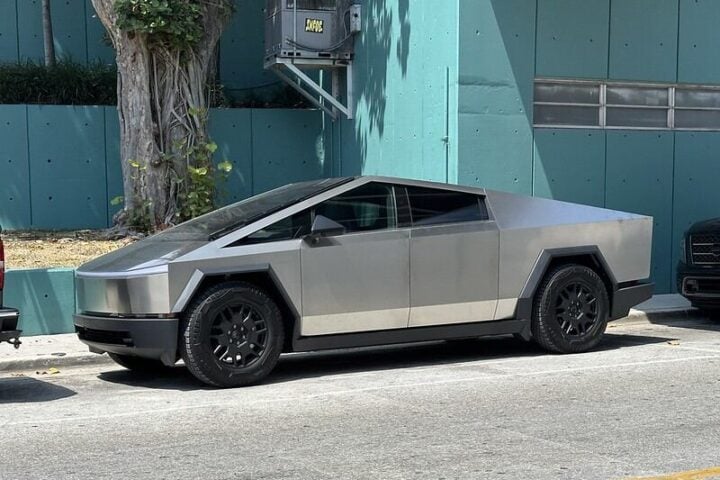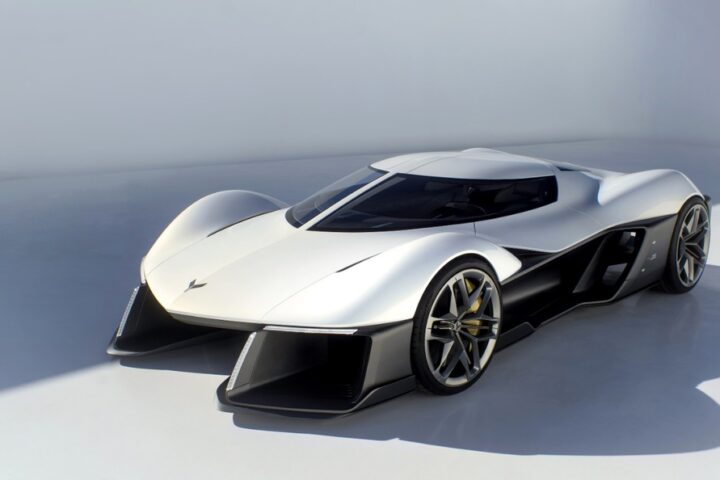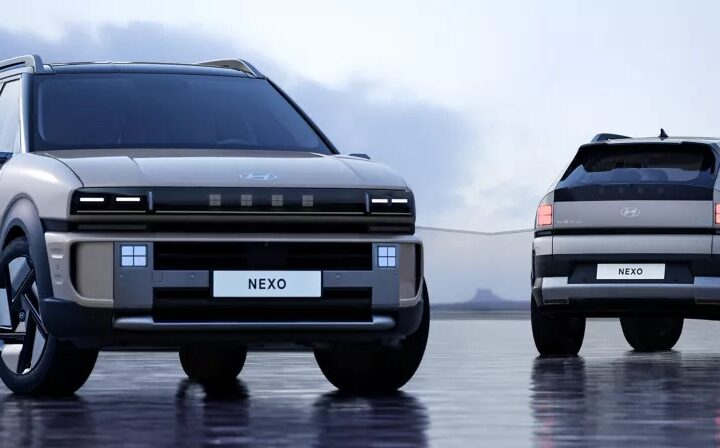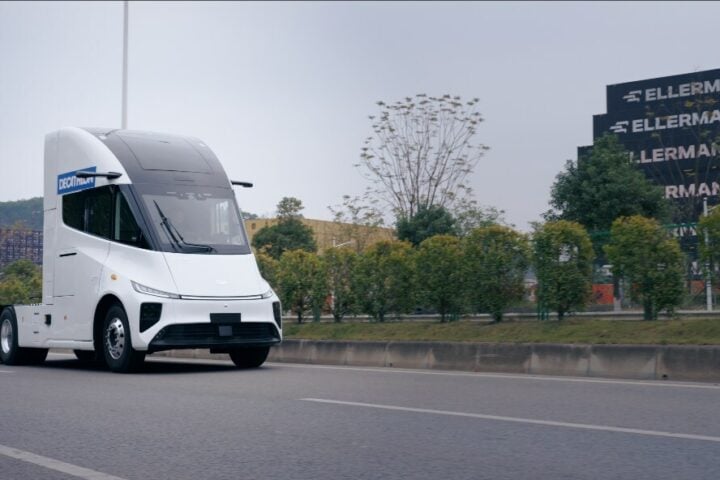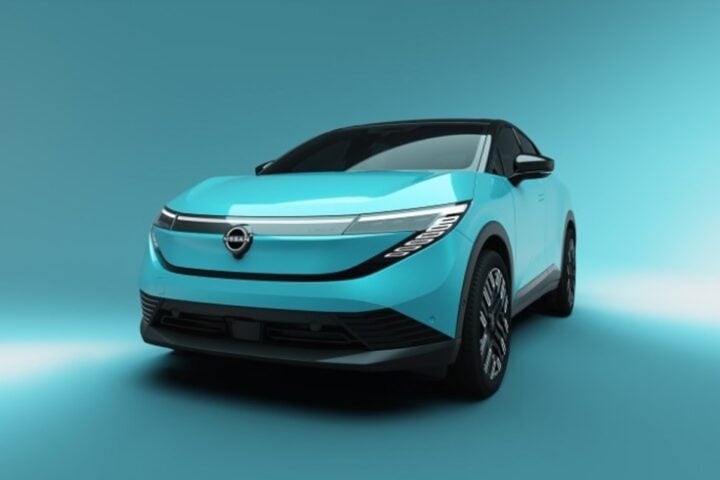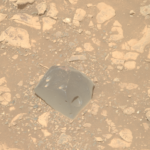The US military is looking into repurposing the experimental XB-70A Valkyrie bomber into a commercial aircraft to rival the Concorde SST.
The Valkyrie’s designers are finding ways to customize the aircraft as a passenger aircraft that could transport up to 80 paying customers.
Other optional capabilities include using the aircraft to launch intercontinental ballistic missiles (ICBMs) and even as a platform to deliver NASA space capsules to near-earth orbit.
The concept for passenger aircraft was first thought of in the late 1960s and early 1970s, before the Concorde made its first Transatlantic crossing in September 1973.
The XB-70A Valkyrie was ideated before any consideration was given to the Concorde, and development of a high-altitude, nuclear strike bomber that could fly at Mach 3 began in the late 1950s.
However, in the early 1960s, surface-to-air missiles (SAMs) proved to be a threat, even to such higher altitude bombers.
Each Valkyrie aircraft would cost an estimated $24.5 million ($237 million in today’s money), which proved too expensive compared to less costly ICBMs.
The Air Force decided to move forward with its two aircraft, which were used in a research program to test the aerodynamics, propulsion, and other characteristics of such a large supersonic aircraft.
The Valkyrie AV-1 is currently displayed at the National Museum of the United States Air Force at Wright-Patterson AFB near Dayton, Ohio.
